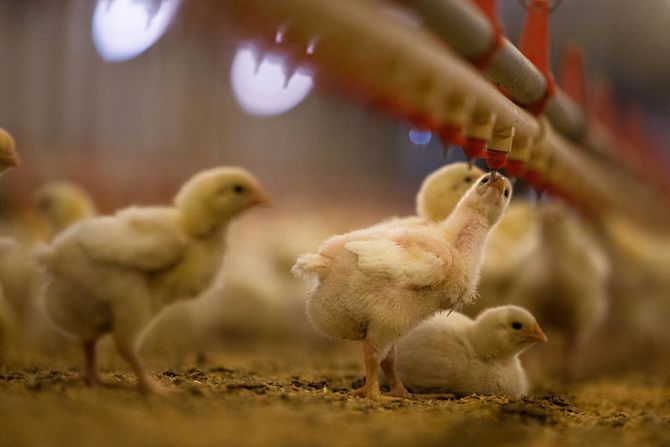A data shows the number of backyard poultry has risen by 46 per cent between 2012 and 2019. The development is extremely positive because it provides an incentive for small and marginal farmers to rear birds.

In what could signal a significant development in India’s rural landscape, the latest provisional data of the 20th livestock census shows a sharp increase in backyard poultry between 2012 and 2019 as compared to the rise in the bird population from commercial poultry farms.
The data released on Wednesday shows the number of India’s poultry has risen from 729.2 million to 851.8 million, an increase of almost 17 per cent.
It is the backyard poultry numbers which stand out.
The census was launched in October last year.
The data shows the number of backyard poultry has risen by 46 per cent between 2012 and 2019.
The poultry includes fowl, ducks, emu, turkeys, and quail.
The poultry of commercial farms, which are typically located near urban areas, have risen by 4.5 per cent during the same period.
Though the contribution of backyard poultry is still less than 40 per cent of the total and a majority of the birds come from commercial farms, experts said sharp growth in its population reflected an interesting development.
Small and marginal farmers generally own backyard poultry, and the produce is largely self-consumed.
“In several states, governments have been incentivising backyard poultry by distributing free birds, and the numbers probably reflect that,” said Rickey Thaper, treasurer of the Poultry Federation of India (PFI).
He called the development is extremely “positive” because it provides an incentive for small and marginal farmers to rear birds.
“Demand for millets and other nutria-cereals will increase as more farmers shift to high-value animal protein,” Thaper said.
India is the world’s third-largest egg producer.
It annually produces around 75 billion eggs, the bulk of which come from commercial farms.
Egg production is growing at 5-6 per cent, while broiler meat production is rising at 7-8 per cent.
“The rise in backyard poultry is fascinating, but more information is required. These could at best be estimates,” said Suresh Chitturi, vice-chairman and managing director, Srinivasa Farms, and chairman, International Egg Commission.
Photograph: Max Whittaker/Reuters












 © 2025
© 2025